Recovery
Effective Recovery Strategies: The Ultimate Guide to Better Sleep and Active Rest Days
Are you maximizing your fitness potential? Often, the missing piece in achieving peak performance and well-being lies in effective recovery strategies. Let’s dive into the world of active recovery, better sleep, and their crucial roles in helping you reach your fitness goals while maintaining overall health.
Key Takeaways
- Recovery is an essential part of fitness success, incorporating both active and passive activities for optimal progress.
- Get the rest you need to excel by prioritizing sleep and recovery, tracking your patterns with modern tools, engaging in low-impact exercises like walking or yoga, fueling up on nutritious foods & hydrating regularly.
- Unite nutrition, movement & recovery for physical fitness & mental fortitude. Seek professional help if needed!
The Importance of Recovery in Fitness
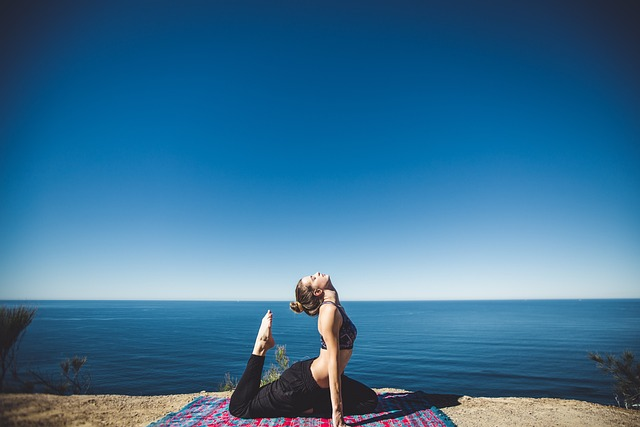
While commitment and hard work are key to achieving fitness goals, the importance of recovery should not be overlooked. Muscles grow and develop during rest, particularly after intense exercise, emphasizing the importance of proper muscle recovery for progress. The Sweat Trainers suggest training alternate muscle groups each day to maximize your recovery time and improve your exercise performance.
The aim of any recovery technique is to assist the body in returning to its natural balance and equilibrium, which can help you fall asleep more easily. Recovery is the key to avoiding injury and keeping your overall health in check, particularly when dealing with poor sleep.
The Two Types of Recovery: Active vs. Passive

Understanding the distinctions between active and passive recovery is a key step towards reaching your fitness goals. Both types can be beneficial for sleep medicine.
Active recovery sessions involve:
- low-intensity movements
- keeping the heart rate up
- helping reduce fatigue
- contributing to better sleep hygiene
On the other hand, passive recovery is the perfect way to give your body the break it deserves and allow it to recover.
Active recovery has several advantages, including:
- Improved blood flow
- Stimulation of healing
- Aiding in muscle recovery
- Replenishing the energy bank account
These benefits help you give your best performance in the future.
Now, let’s explore active and passive recovery in more detail.
Active Recovery
Active recovery is proven to extend the duration an athlete can perform without feeling tired and maintain power output. It involves engaging in non-strenuous aerobic or physical activity such as:
- walking
- swimming
- gardening
- mobility exercises
- yoga
These activities can help you progress in your recovery journey.
To get the most out of active recovery, aim for about 50 percent of your maximum effort. Some great options for cardio-based active recovery workouts include:
- walking
- biking
- rowing
- elliptical
- swimming
Steady-state cycling, swimming, and stretching are other low-impact exercises you can do for active recovery.
Passive Recovery
During passive recovery, the body stays completely still, which may involve sitting or taking a break from activity. Passive recovery can be incredibly beneficial for you if you’re injured or in pain, as it helps your body and mind relax and recharge after a strenuous workout.
By understanding the differences between active and passive recovery, you can create a balanced fitness plan that takes advantage of both approaches, maximizing your overall health and performance.
Designing an Active Recovery Workout Plan

Boosting muscle recovery can be achieved by incorporating active recovery days into your training schedule. Engage in activities like:
- walking
- swimming
- cycling
- jogging
- yoga
- active stretching
These activities will give your body the rest it needs. Remember, the goal is to maintain around 30-60% of your maximum heart rate.
Enhancing your recovery can also be supported by:
- Optimizing your sleep schedule
- Creating a conducive bedroom environment for restful sleep
- Designing a balanced workout plan that includes active recovery exercises
By following these steps, you can optimize your fitness progress and maintain your overall health.
Sleep and Recovery: The Connection
The inseparable nature of sleep and recovery is highlighted by the fact that quality sleep enables your body to heal and recharge, thereby maximizing your fitness results. Getting at least seven hours of sleep is highly recommended for healthy adults. To reinforce a positive mental association between your bed and sleep, reserve your bed for sleep and sex only.
If you often have trouble sleeping, consider adopting habits that encourage better sleep, such as establishing a sleep schedule, adding physical activity to your daily routine, and creating a bedroom environment conducive to restful sleep. By prioritizing sleep and recovery, you can enhance your overall well-being and achieve your fitness goals.
Practical Sleep Tips for Better Recovery
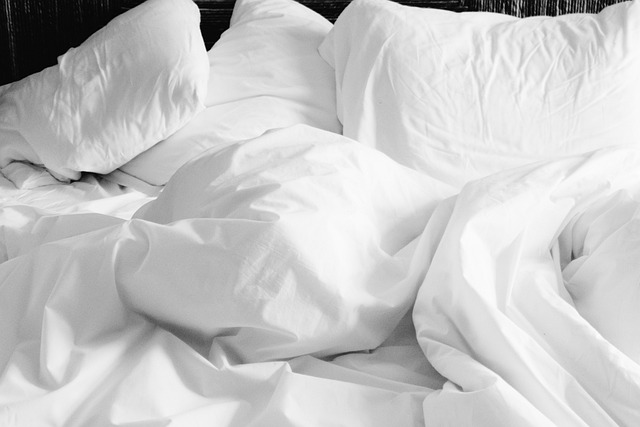
Avoiding substances like nicotine, caffeine, and alcohol before bedtime can improve your sleep quality and enhance your recovery by eliminating potential interferences with a good night’s rest. Incorporate natural sleep aids like lavender, chamomile, and glycine into your bedtime routine.
Engage in regular physical activity to help you get a good night’s sleep. However, limit daytime naps to no more than one hour to maximize their benefits. Be sure to avoid heavy or large meals within a couple of hours of bedtime for a peaceful and restful slumber.
To manage stress and anxiety before bedtime, try jotting down your thoughts and setting them aside for tomorrow, or practice stress management techniques and meditation to calm your mind. By implementing these practical sleep tips, you can enhance your recovery process and overall well-being.
Tracking Your Sleep: Modern Tools and Techniques
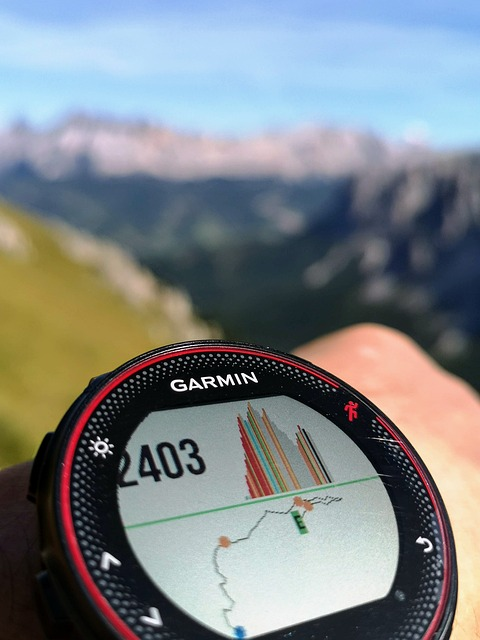
Understanding how lifestyle choices influence your sleep and then making necessary modifications can be achieved by keeping track of your sleep patterns. This will enhance your sleep quality. Some exciting modern tools for tracking sleep include:
- Oura Ring
- Smartwatches
- Sleep tracking apps
- Whoop Strap 4.0
- Fitbit Inspire 2
- Biostrap
- Sleep trackers from Withings
By monitoring your sleep patterns and making adjustments based on the data, you can optimize your sleep quality, enhance your recovery, and ultimately improve your overall health and well-being.
Active Recovery Exercise Ideas

Achieving optimal recovery and performance can be facilitated by incorporating a variety of active recovery exercises into your fitness routine. Walking or jogging can increase blood flow, aiding in recovery, and even just a few minutes of movement the day after an intense workout can help promote circulation and reduce stiffness and soreness.
Other active recovery exercises include tai chi and yoga, which can stretch sore muscles, increase flexibility, reduce stress, and inflammation, helping you recover faster. By experimenting with different active recovery exercises, you can find the best combination that works for you and supports your fitness goals.
Nutrition and Hydration for Optimal Recovery
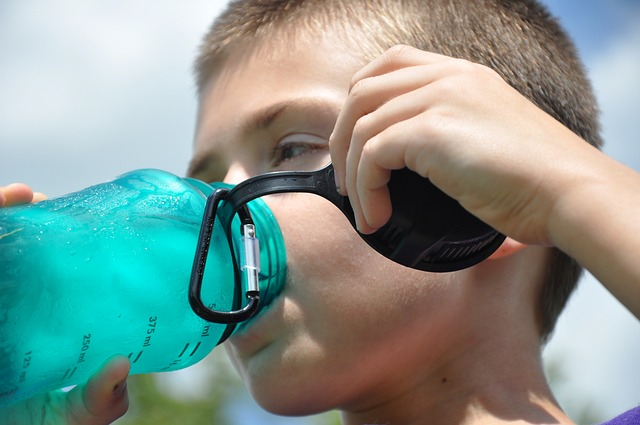
Optimal recovery can be supported by proper nutrition and hydration, which provide the body with the necessary fuel and hydration required to repair and rebuild muscles, replenish energy stores, and facilitate natural healing processes. Consuming a nutritious, balanced diet rich in protein, carbohydrates, and electrolytes, and drinking plenty of water throughout the day, can greatly aid in your recovery.
Avoid processed foods and sugary drinks, as they can impede the body’s recovery process. By focusing on proper nutrition and hydration, you can support your body’s recovery process, improve your overall health, and enhance your fitness performance.
Monitoring Your Recovery Progress
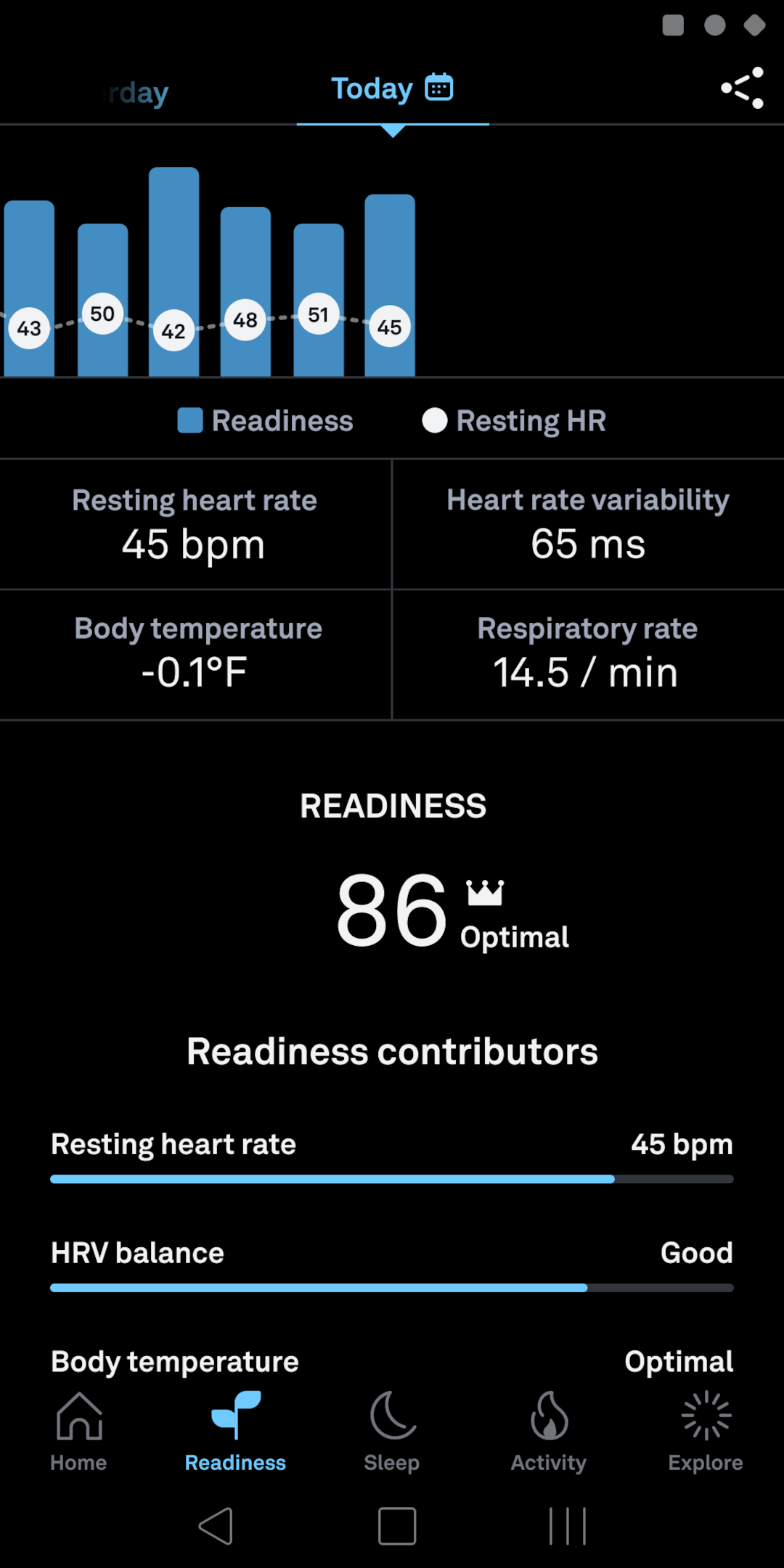
Tracking your recovery progress and making necessary adjustments to your fitness routine is a crucial step in ensuring continued improvement in your fitness journey. Downloading a recovery monitoring app on your phone can help you stay on track and monitor your progress.
Making adjustments to your fitness routine is essential for ensuring that your individual needs and goals are met. By monitoring your recovery progress and adapting your routine accordingly, you can maximize your progress and get the best out of your recovery.
Mental Health and Recovery

The deep intertwining of mental health and recovery is evident in how stress, anxiety and depression can hinder recovery, while relaxation and positive thinking can enhance it. Strategies for managing stress include mindfulness, deep breathing, and physical activity to help you stay energized and focused.
Promote relaxation through yoga, meditation, and massage, or engage in calming activities like spending time in nature, listening to music, or engaging in creative pursuits. By addressing your mental health and incorporating stress management techniques, you can support your recovery journey and enhance your overall well-being.
When to Seek Professional Help

Occasionally, consulting a healthcare professional for guidance on recovery and sleep issues may be necessary. Seeking professional help can be a great way to get back on track when you’re feeling overwhelmed or stuck in life, making a big impact on how well you’re able to function and how good you feel.
Don’t hesitate to reach out to a healthcare provider if you often have trouble sleeping or face challenges in your recovery process. They can offer valuable advice and support to help you overcome obstacles and achieve your fitness goals.
How Athletes Kitchen Can Support Your Recovery
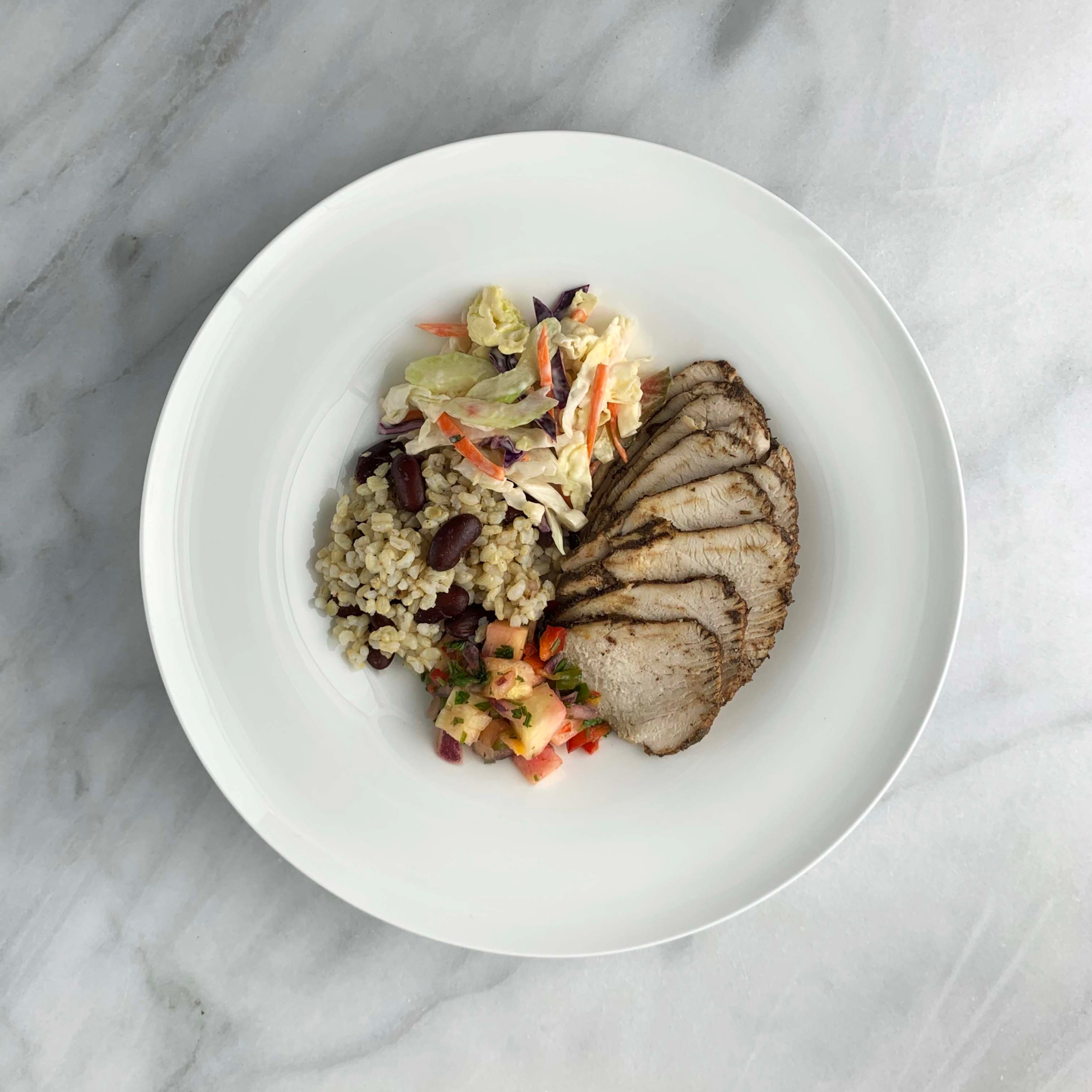
Athletes Kitchen, an exceptional meal prep service, offers:
- Delicious, freshly cooked meals for athletes and individuals seeking nutrient-dense and clean meals
- Meal plans tailored to meet your specific nutritional needs as an athlete
- The perfect balance of macronutrients, vitamins, and minerals to help you perform at your best and recover quickly.
In addition to optimizing your nutrition, Athletes Kitchen offers meal plans specifically designed to help athletes maximize their movement and recovery. By incorporating Athletes Kitchen’s services into your routine, you can optimize your nutrition, movement, and recovery for a thriving life.
Unifying Nutrition, Movement, and Recovery: The Three Essential Pillars for Thriving in Life

Combining nutrition, movement, and recovery can profoundly influence your physical and mental health, potentially creating a life-changing sense of balance and well-being. Focusing on these three essential pillars can help you develop your physical fitness, mental fortitude, and overall well-being.
To ensure success in life, prioritize the interconnectedness of nutrition, movement, and recovery as the foundation for a healthy, balanced lifestyle. By embracing these essential pillars, you can achieve your fitness goals and thrive in every aspect of your life.
Summary
In conclusion, recovery is a crucial aspect of achieving your fitness goals, maintaining overall health, and preventing injury. Embracing active recovery, prioritizing sleep, and focusing on proper nutrition and hydration can significantly improve your recovery process. By unifying nutrition, movement, and recovery as the three essential pillars for thriving in life, you can create a balanced lifestyle that supports your well-being and helps you reach your fitness goals.
Frequently Asked Questions
What does being recovery mean?
Being in recovery means actively taking steps to manage addiction and maintain control of your life. It includes abstaining from substances, making healthy choices, and embracing the journey of maintaining physical and emotional wellbeing.
What are the four types of recovery?
Recovery involves four key dimensions to promote a healthy lifestyle: health, home, purpose, and community. These components are supported by the power of hope.
What are the 4 pillars of recovery model?
The four pillars of recovery model are widely accepted to be health, home, purpose, and community, all of which are essential for achieving and maintaining long-term sobriety.
What is recovery behavior?
Recovery behavior is about making healthy lifestyle changes that support long-term sobriety, such as changing the people, places, thoughts and things that were a part of an addicted life. This helps to break the cycle of addiction and encourages sustained recovery.
What is an example of active recovery?
Active recovery is a great way to restore your muscles after exercise. It involves low-intensity exercises like walking, swimming, cycling, jogging, yoga, or active stretching which help increase blood flow to your muscles and remove toxins from your body that build up during exercise.
